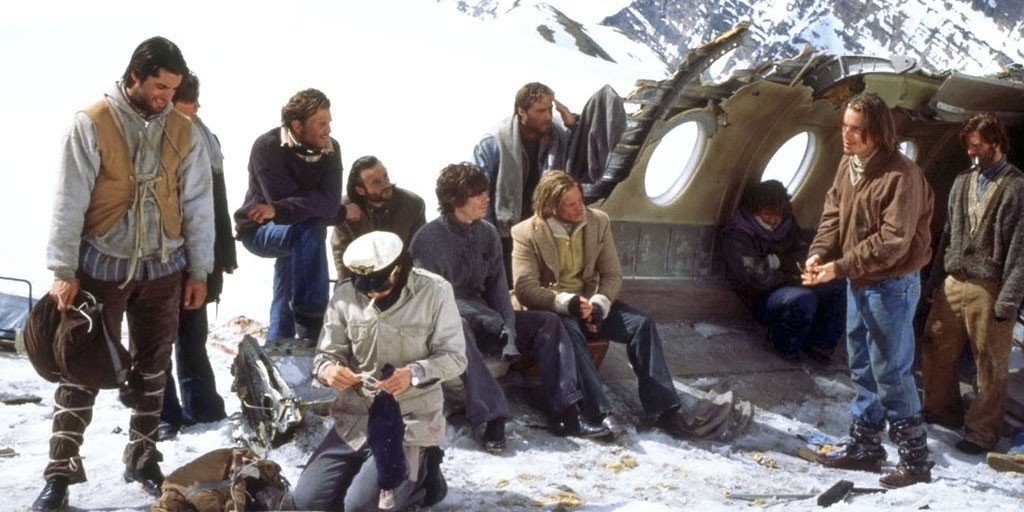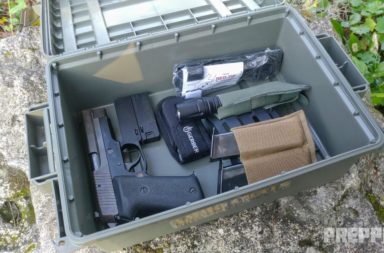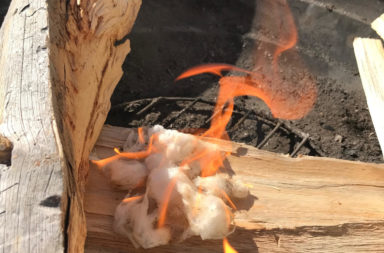Of all the knowledge of primitive and modern survival skills I possess, I think the capability to catch a fish just about anywhere and while under adverse conditions is the most important to me. This is not just because I am an avid angler and sportsman that likes to try his luck in both saltwater and fresh.
No, there is a lot more to it than that. Having this type of food procurement wisdom is what personifies me as a prepper and a country boy with some good old backwoods skills. Being from the Deep South, it’s not unusual for me to ease the question in, “Did they grow up around sidewalks?”
The reason being is not all of us had the childhood experience of happily sharpening popsicle sticks on the concrete. Some of us come from the dirt road sections of the county. See, knowing just that simple skill allows you to more easily envision taking a twig and sharpening each end of a stick small enough to be swallowed by whatever size fish it is that you are going to try catching.
Gorge Hooks
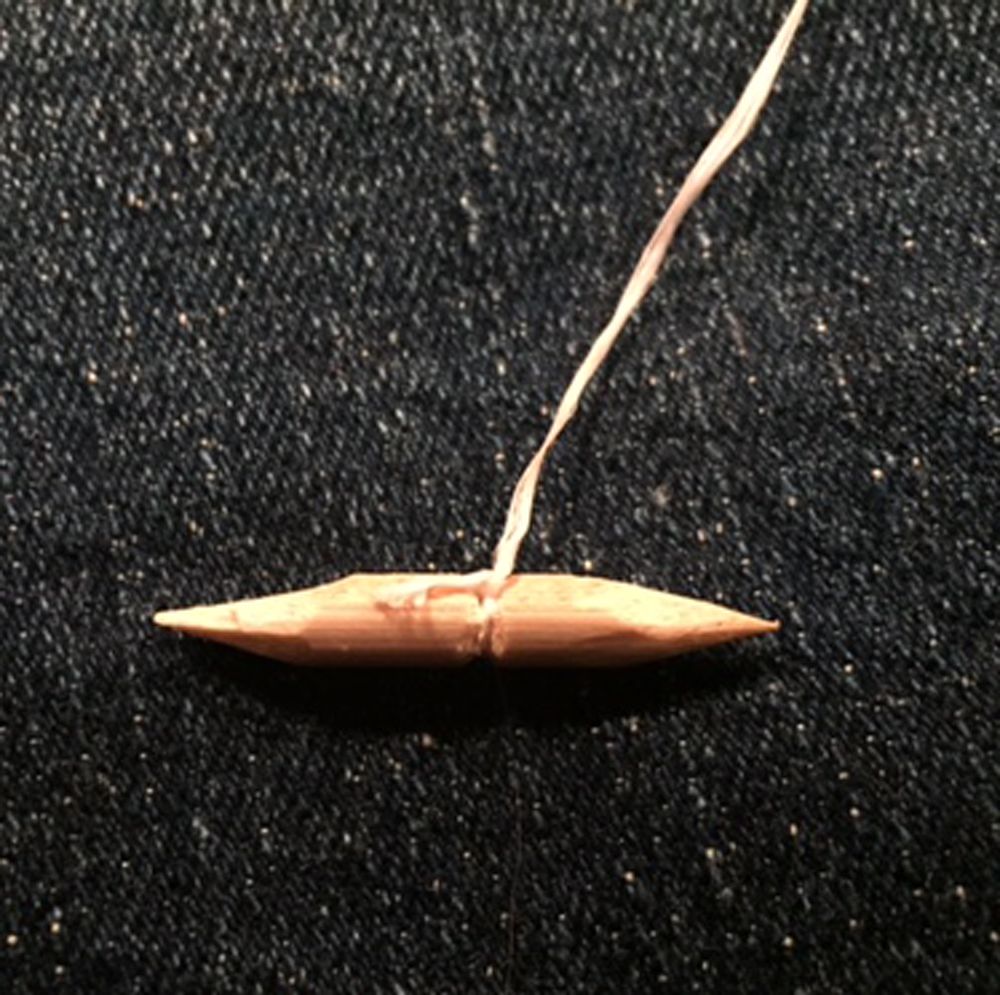
Photo courtesy of Reid Bryant
The gorge hook is one of the easiest types of primitive DIY fish hooks that you can make and that is my focus here. Fish are a nearly perfect source of nutrition and in a long-term (or even a short-term) survival situation, this simple trick can indeed feed you. You don’t need anything more than a rock, a stick and some kind of cordage.
The basic premise is for you to sharpen a piece of wood or bone that can lodge into the gullet or soft innards of a fish, thus effectively hooking it without having to create a barb. A gorge is really nothing more than a small shaft of wood, bone, metal, or other material. It is sharp on both ends and notched in the middle where you tie cordage.
Bait the gorge by placing a piece of bait on it lengthwise. When the fish swallows the bait, it also swallows the gorge. It might not be obvious looking at the pictures, but the video below will help you bait this very ancient form of hook seen in many historical museums.
The bait is slipped over the end of the gorge and the gorge is swallowed end-wise by the fish (remember that you will longitudinally impale a grasshopper, cricket, worm, grub or minnow). “Setting” the gorge is done by yanking on the line which turns the gorge sideways in the fish’s throat/mouth. You have caught a fish on a twig!
Whenever I relate to someone just how valuable this bit of survival knowledge is, I like to ask if they remember that airplane full of soccer players that went down in the Andes in South America. Hollywood made a decent movie about it in 1993.
It resulted in the survivors turning cannibalistic even though they were literally right next to a river full of fish.
They should have been cannibalizing the plane for survival gear instead of each other! If I had nothing but my underwear on in the woods I could go fishing with this method if I had a natural water feature like a lake or stream nearby.
Now there are many natural things you can make hooks out of in the woods such as porcupine quills, long thorns, forked twigs etc., as well as discarded bits of modern society to consider. It’s really up to you and your imagination what you can make given enough time!
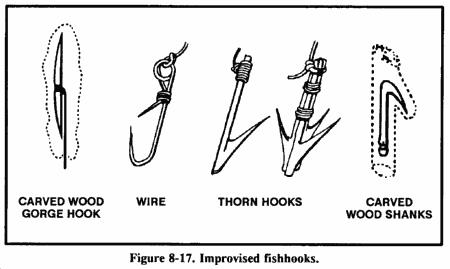
With the thorn gorge, keep in mind it doesn’t matter if it floats. Many predator fish will attack their normal prey from below on the surface of the water, such as frogs, mice, minnow and large insects.
Active fishing using primitive tackle isn’t as futile as some might think, but keep in mind these more complicated hooks take precious time to assemble. That is a good project for when you get rained in and are hiding in your shelter anyway. Otherwise, the simple gorge hook works and you want more lines in the water and less effort spent.
You can even make fish hooks out of discarded soda or beer can tabs.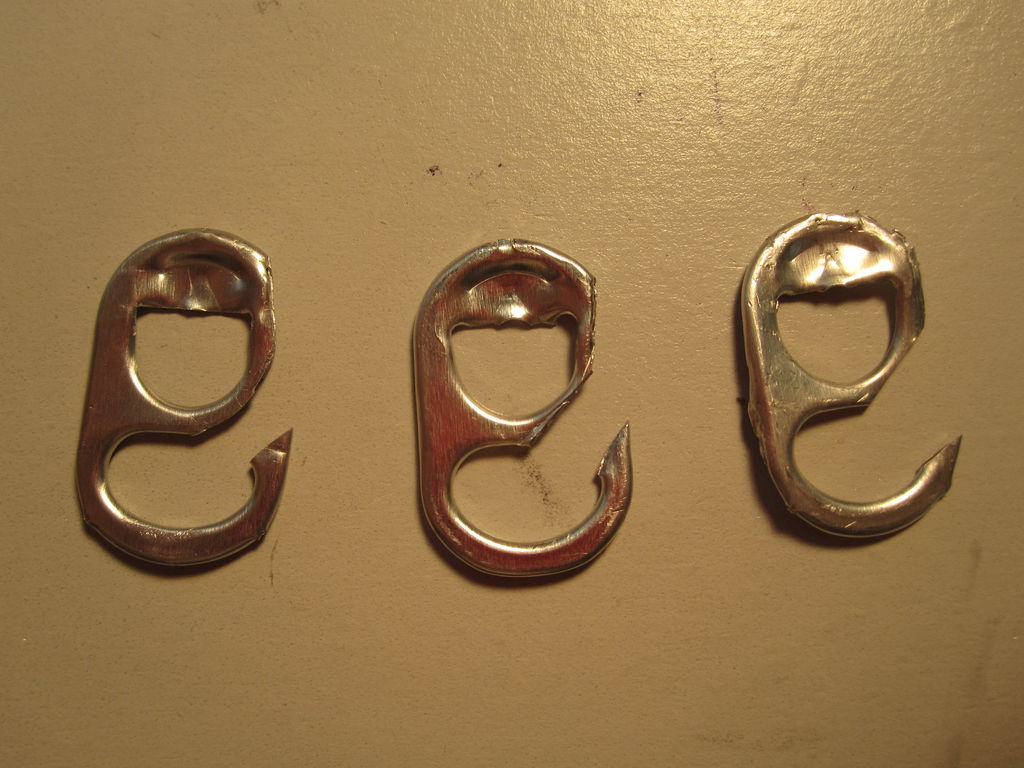
Survival Fishing Tips And Hints
The best way for you to learn the habits of fish is to get out there and fish before SHTF. Observe their feeding patterns and likely locations. For instance, fish tend to feed heavily before a storm. Fish are not likely to feed after a storm when the water is muddy and swollen.
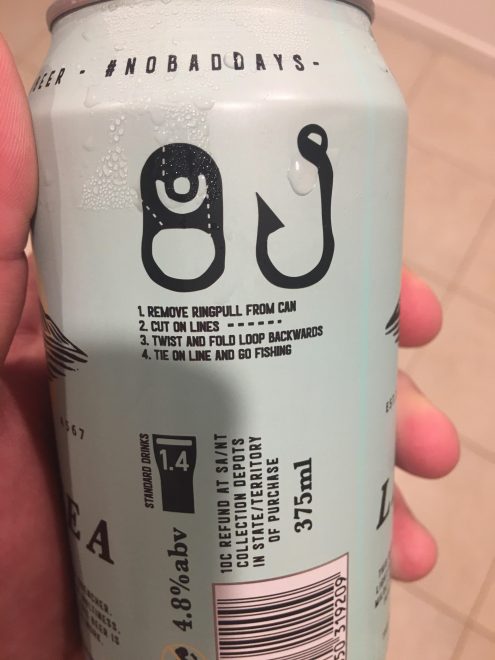
Photo courtesy of Russ Chastain
Light often attracts fish at night. When there is a heavy current, note that fish will rest in places where there is an eddy, such as near rocks.
Fish will also gather where there are deep pools, hang out under an overhanging brush, and be found in and around submerged foliage, logs, or other objects that offer them shelter.
Try to keep your body’s shadow off the water and keep the noise down so you don’t scare the fish. You can make your own trotline to feed yourself or more people out of paracord! This is incredibly handy for both “redneck fishing” and in a survival situation. Plus, the trotline will allow you to go off and have more time to do other things rather than constantly babysitting your fishing pole.
Teaching Children How To Fish
As a prepper fiction author, I do a lot of self-marketing and I tend to do this mostly the old-fashioned way by talking to folks. Striking up a conversation with strangers is one of those life skills we all need to develop over time, and nothing is easier to do this then casually mentioning fishing in an establishment serving adult beverages.
Now, talking about regular fishing is interesting. But turning the conversation towards prepping for most folks is difficult and awkward. Not for me! Discussing survival fishing is one of my favorite ways of spreading the preparedness message and maybe selling a book or two.
Fishing makes the conversation more relaxed and encourages mutual sharing. For example, I might ask someone if they have any kids. If they do, are they going to teach them how to fish? I then go on to tell them a humorous personal story of mine that can improve their kid’s survivability.
We all know the very first time you take a kid out fishing they usually have no patience for the sport, so I cheat a little and ensure them a quick catch. A day or two before we go fishing, I go to the grocery store and buy the cheapest can of cat food I can find, poke some holes in it with a can opener, tie a line on it and throw it out at what will soon be known as our favorite secret fishing hole.
On the way to our fishing spot, I might regale them with some BS about how I know the moon and the stars are lined up just right for the fish to be really biting today, or I say I studied the low-pressure system the weather man pointed out and think that fishing should be especially good next Saturday or something.
I keep this deceptive ruse up until they are about 12 or 13. By then they are smart enough to start asking me why it is that when they go fishing at our secret fishing hole with their friends they never catch as many fish. When you tell them the truth, they get mad as hell and fuss about why you haven’t really taught them how to fish without any cheating.
That’s when you put the whammy on them. Tell them your ultimate secret survival fishing tip that will serve them and their children the rest of their lives. After they calm down a bit, offer to buy them a new fishing pole for the deception. It will be time to buy them a big boy or girl rod and reel anyway, so you can then start honing the fishing skills that can allow them to feed themselves during a long-term disaster situation.
Feature photo courtesy of Pixabay.
